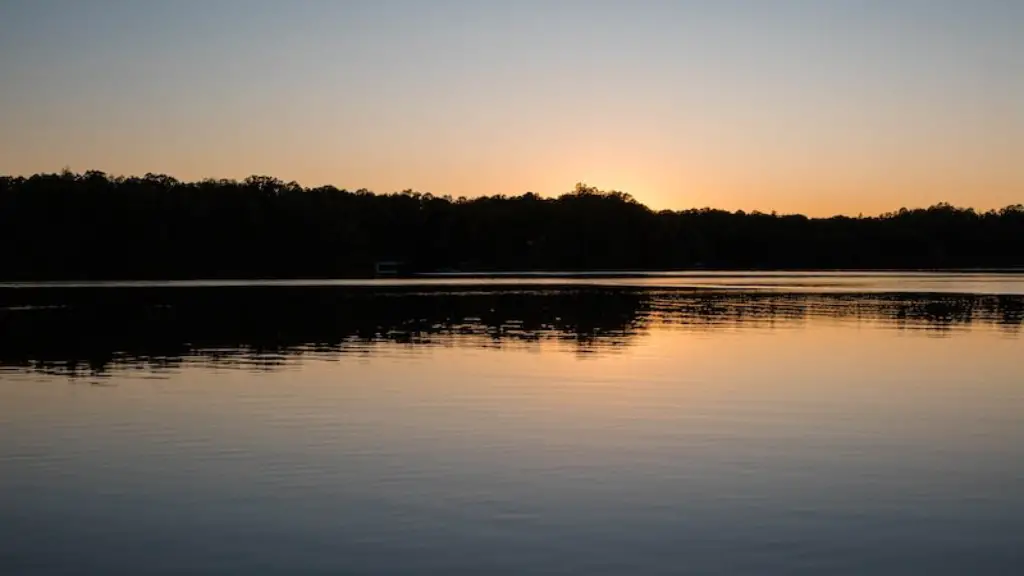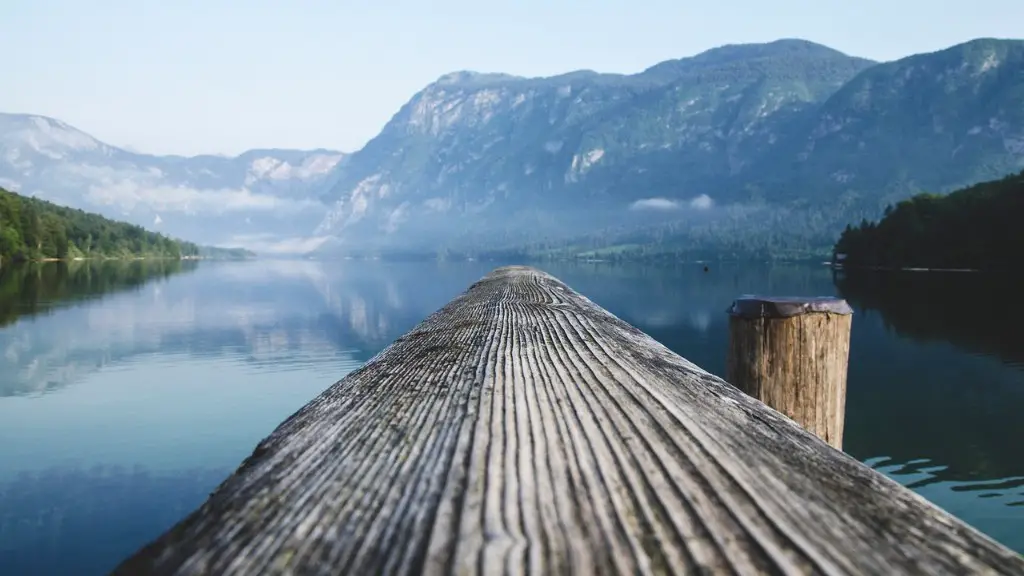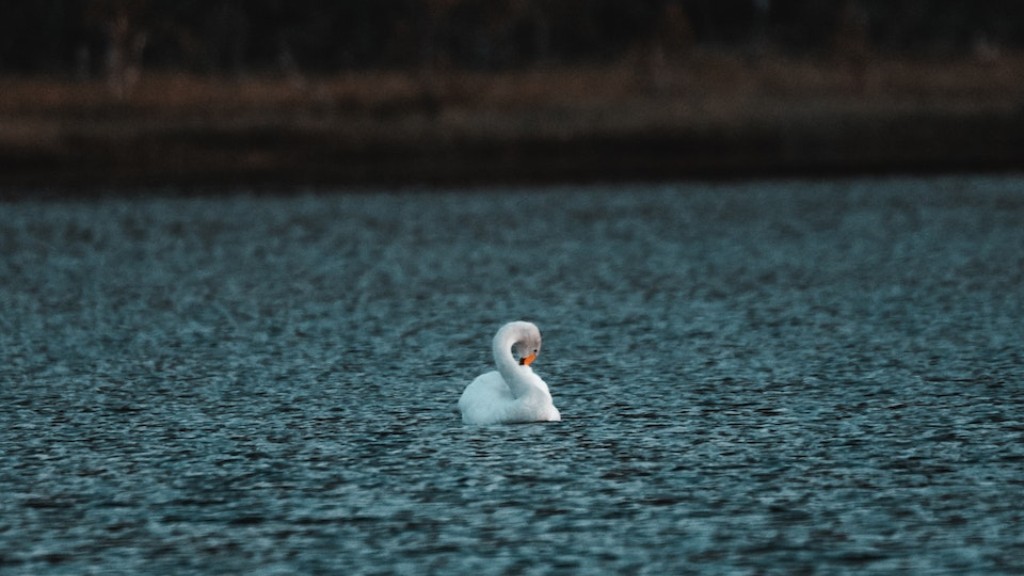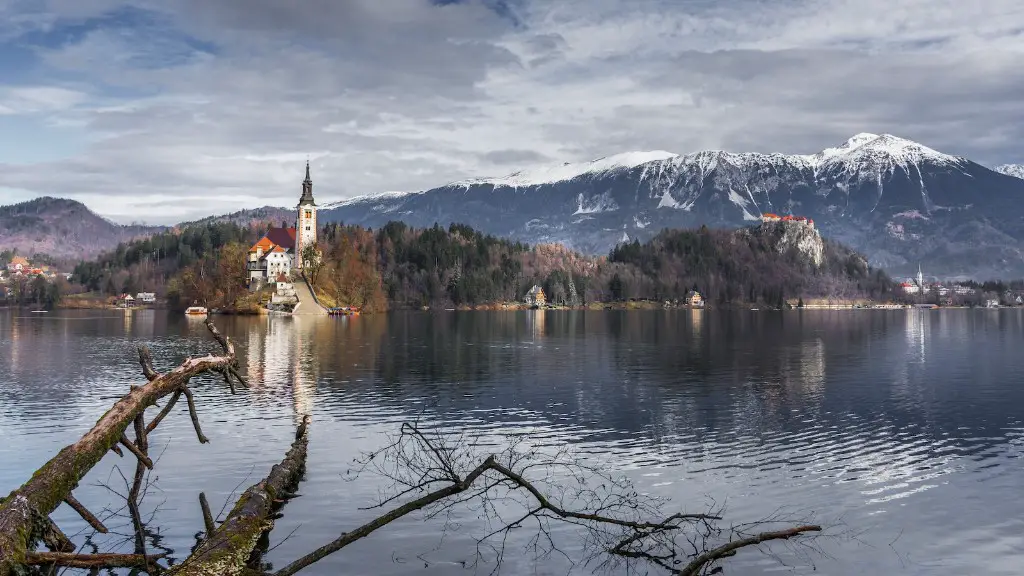Is Lake Superior Polluted?
Lake Superior is one of the Great Lakes, located on the bordering countries of Canada and the United States. It is the world’s largest freshwater lake by surface area and considered the most pristine inland body of water in the world. Unfortunately, the lake is now at risk of becoming polluted due to a variety of sources.
The most pressing issue is the increasing levels of phosphorous and nitrogen in the lake. Through runoff from urban and rural areas, these nutrients wash into the lake and can have an adverse effect on the water quality. In areas with high concentrations, these extra nutrients can increase the amount of algae, bacteria, and parasites, making swimming and fishing unsafe to consume.
The pollutants found in Lake Superior are primarily from human activities, but pollutants from animal waste and air pollution can also contaminate the lake’s water. Industrial sites such as pulp and paper mills and mining sites have an even larger impact, as they discharge pollutants directly into the lake. These chemicals are then spread through the lake and can disrupt the balance of the ecosystem.
Pollution from boats and ships is also a growing problem, as many vessels emit pollutants from their exhaust systems. This not only affects the air quality, but it can also contaminate the lake’s water. Antifouling paint, which is used to keep the hulls of ships clean, also contains toxic chemicals and can be discharged into the lake.
In addition, the discharge of sewage from residential and commercial areas into the lake can lead to contamination. The sewage contains nutrients and bacteria that can become harmful if they enter the lake’s ecosystem.
Fortunately, there are several ways to reduce the amount of pollution entering Lake Superior. One of the most effective ways is to reduce the use of fertilizers, detergents, and pesticides in urban and rural areas. Farmers should use organic fertilizers and livestock should be managed in a way that prevents manure runoff. People should also be aware of what is going into the water when they are fishing and boating.
The introduction of stricter laws by the government can also help to reduce pollution. These laws should be enforced to ensure that people know the consequences of polluting Lake Superior. Furthermore, the government could invest in green technology and renewable energy sources, which would reduce the amount of pollutants entering the lake.
Pollution of Lake Superior is a growing issue. By taking steps to reduce the amount of pollutants entering into the water, we can ensure the safety and longevity of this important body of water.
Effects on the Ecosystem
Pollution can have serious consequences on the environment, especially within an ecosystem such as Lake Superior. As mentioned before, the introduction of nutrients into the water such as nitrogen and phosphorous can cause an overgrowth of algae, bacteria, and parasites. The altered habitat can then lead to decreased biodiversity, as certain species may not be able to thrive in the polluted environment.
The ecosystem is then further disturbed by the chemicals which are discharged from various sources, such as industrial sites and boats. These chemicals can be toxic to certain species and can cause the food source to be contaminated. Additionally, the removal of oxygen from the water can result in a decrease in the number of fish, as many aquatic species need oxygen to survive.
Pollutants can also have an adverse effect on the lake’s water quality and can impair the aesthetic value of the lake. Algal blooms can discolor the water and cause a foul odor while pollutants can block the sunlight and lead to reduced photosynthesis. As a result, Lake Superior can end up becoming a unattractive and unhealthy environment.
Prevention Measures
There are multiple ways to protect and preserve Lake Superior, the most effective of which is reducing the amount of pollutants entering the lake. As previously mentioned, reducing the use of fertilizers, pesticides, and other chemicals in urban and rural areas can help to reduce the amount of nutrients entering the lake. It is also important to be aware of how runoff from livestock and pet waste can affect the lake, and to practice sustainable fishing and boating activities.
In addition, the government can introduce stricter laws and regulations to protect the lake. This can include regulations on industries and businesses, as well as incentives for research and development of green technology. Furthermore, the government can also impose fines on companies and individuals who are found to be violating these regulations.
The implementation of proper waste management can also reduce the amount of pollutants entering Lake Superior. This includes establishing waste disposal points and encouraging the proper disposal of chemicals and other pollutants. There are also initiatives to treat sewage before it is discharged into the lake, which can help to reduce the amount of contaminants entering the water.
Public Awareness
Public awareness is essential to protecting Lake Superior from pollution. People need to be informed about the dangers of polluting this important body of water and be aware of their actions. This can include information campaigns and education materials, as well as encouraging individuals to take part in local efforts aimed at protecting the lake.
Participation in clean-up events is one way to encourage people to take action. These events can help to reduce the amount of pollution entering the lake and can also increase public awareness. Additionally, encouraging sustainable practices such as using organic fertilizers and preventing runoff from farming and pet waste can have a positive effect on the health of the lake.
In addition, people should also be aware of potential environmental hazards. This includes researching local laws and regulations, as well as monitoring the water quality of the lake. By becoming active participants in protecting Lake Superior, people can help to reduce the amount of pollutants entering the water.
Conclusion
Pollution of Lake Superior is a serious issue and one which requires immediate action. By following the measures outlined above, we can reduce the amount of pollutants entering the lake and protect this important body of water for future generations. It is essential, however, that we all take part in the effort to preserve Lake Superior and work together towards a brighter future for this great body of water.




